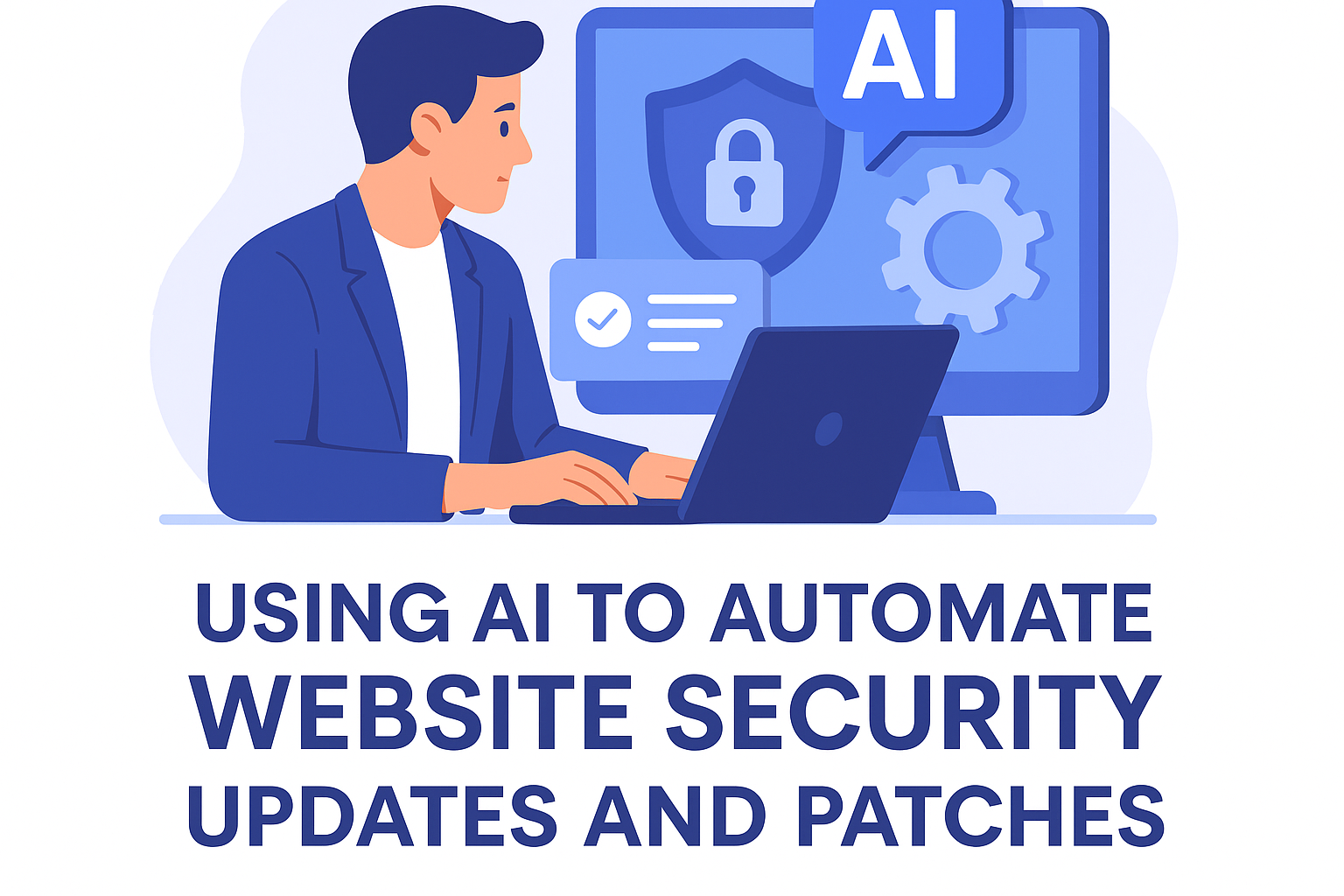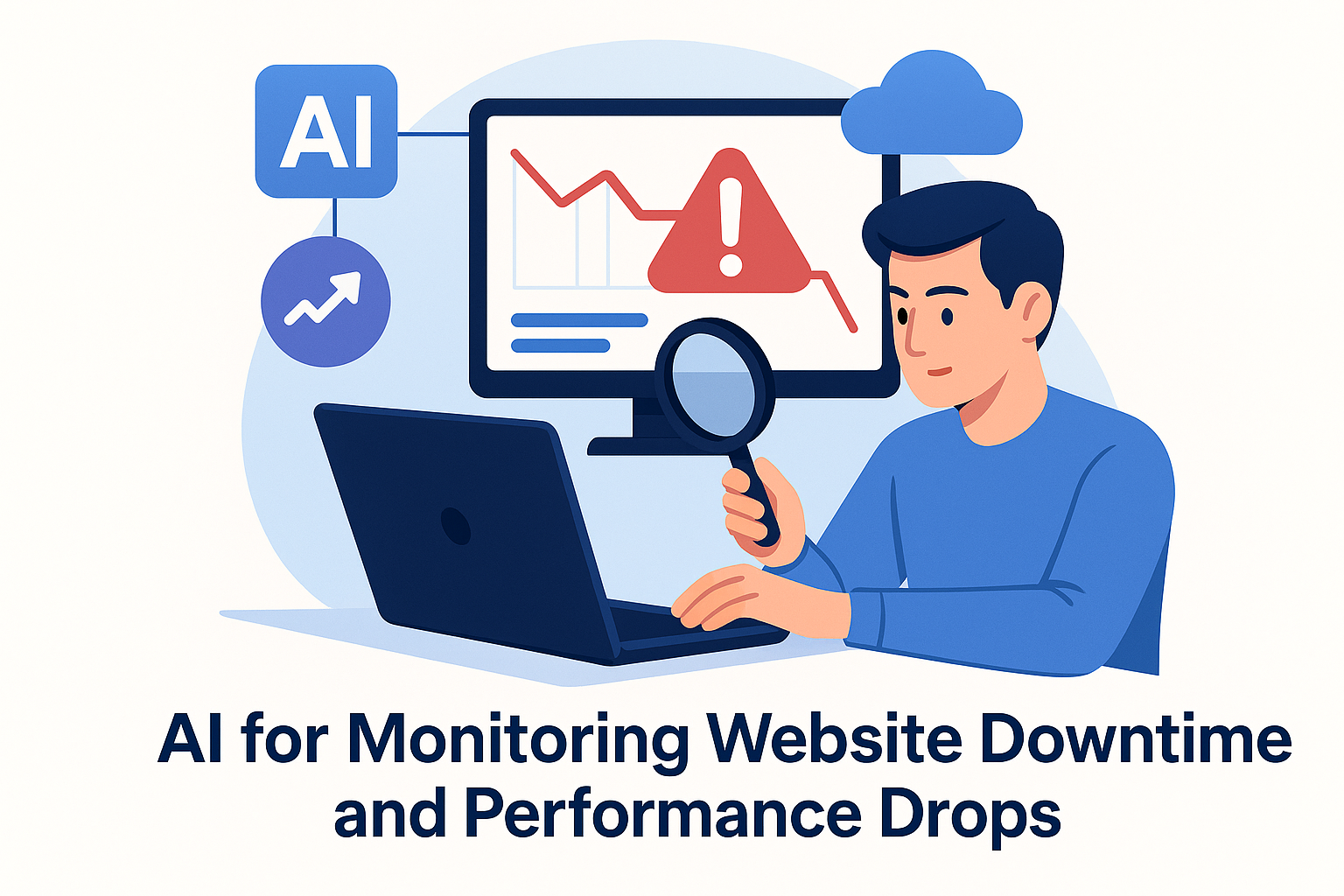In today’s search landscape, ranking on Google isn’t just about keywords—it’s about why someone is searching.
Understanding and matching user intent has become one of the most important elements of SEO success. And thanks to AI, it’s easier than ever to decode that intent and optimize your content accordingly.
In this guide, you’ll learn:
✅ What user intent is and why it matters
✅ The 4 primary types of search intent
✅ How AI tools like DIYSEO GPT can identify intent at scale
✅ How to create aligned content using DIYSEO AI Writer
✅ How DIYSEO Link Marketplace supports your intent-driven strategy
What Is User Intent in SEO?
User intent (also known as search intent) refers to the purpose behind a search query—what the searcher actually wants to accomplish.
Do they want to:
- Learn something?
- Compare options?
- Make a purchase?
- Navigate to a specific site?
Understanding the “why” behind the query helps you deliver content that truly satisfies the searcher—and that’s what Google rewards.
The Four Types of User Intent
- Informational Intent
The user is looking for answers or education.
Examples:
- “how to set up Shopify store”
- “benefits of vitamin D”
- Navigational Intent
The user wants to go to a specific website or brand.
Examples:
- “DIYSEO AI Writer login”
- “facebook help center”
- Commercial Intent
The user is comparing products or exploring options.
Examples:
- “best CRM for real estate agents”
- “top SEO tools in 2025”
- Transactional Intent
The user is ready to take action—buy, sign up, download.
Examples:
- “buy standing desk online”
- “sign up for SEO audit tool”
Matching your content to intent is the difference between ranking and getting clicks, versus being ignored by both searchers and search engines.
Why Intent Is a Major Google Ranking Factor
Google’s mission is to “organize the world’s information and make it universally accessible and useful.”
So when someone searches “how to change a flat tire,” Google expects to serve:
- A step-by-step tutorial
- Maybe with images or a video
- Possibly a bulleted checklist or FAQ
If your page instead tries to sell tires, Google won’t rank it—no matter how well it’s optimized technically or how many backlinks it has.
Intent mismatch = poor rankings + high bounce rate.
How AI Can Identify User Intent at Scale
Manually analyzing intent across hundreds of keywords is time-consuming. But with AI, it becomes fast, accurate, and actionable.
Here’s how DIYSEO GPT identifies user intent:
✅ Step 1: Analyze SERP Features
Prompt:
“Determine the search intent behind the keyword ‘best noise-cancelling headphones for flying.’”
DIYSEO GPT checks:
- What types of pages are ranking (product reviews, blog posts, ecommerce listings)
- Featured snippets, comparison tables, or videos
- Shopping boxes or local map packs
- Whether queries include words like “buy,” “vs,” “how,” or “near me”
AI identifies whether the SERP is informational, commercial, or transactional, so you know what type of content to create.
✅ Step 2: Classify Keyword Lists by Intent
Prompt:
“Classify these 100 keywords by search intent and suggest content types for each.”
DIYSEO GPT will group them into:
| Keyword | Intent | Recommended Content Type |
|---|---|---|
| “how to clean white shoes” | Informational | Blog post with images |
| “nike air max 2025 review” | Commercial | Product review + comparison |
| “buy running shoes online” | Transactional | Product category page |
| “diyseo link marketplace” | Navigational | Brand landing page |
This allows you to build a content strategy that maps perfectly to the user journey.
✅ Step 3: Detect Intent Mismatches on Existing Pages
Prompt:
“Audit my top 50 pages for search intent alignment. Flag any content that mismatches the user intent.”
DIYSEO GPT will identify:
- Pages that attract clicks but have high bounce rates (likely intent mismatch)
- Keywords ranking for the page that don’t match the content type
- Opportunities to repurpose or rewrite pages to better match user needs
This prevents lost traffic, low engagement, and poor conversions.
How to Create Intent-Aligned Content with DIYSEO AI Writer
Once intent is identified, use DIYSEO AI Writer to generate content that matches the user’s expectations.
Examples:
- Informational: “Write a 1,500-word tutorial on how to use ChatGPT for small business marketing.”
- Commercial: “Create a comparison guide between DIYSEO GPT and Surfer SEO for keyword audits.”
- Transactional: “Generate a product landing page for ‘SEO content writing service.’”
The AI Writer ensures:
✅ Format and structure match intent
✅ Tone fits the user’s mindset
✅ Metadata is optimized for CTR
✅ FAQs and schema are included for rich results
This turns insights into high-performing assets.
How to Use Intent to Guide Link Building Strategy
Intent also affects how you approach backlinks.
Use DIYSEO Link Marketplace to:
✅ Build authority to commercial and transactional pages
✅ Get niche-relevant links to comparison guides or reviews
✅ Earn links for informational blog posts that support content clusters
✅ Filter placements based on topical alignment and DA
By linking the right type of content to the right kind of intent, you get better performance across the board.
Intent Optimization Workflow with DIYSEO Tools
| Task | Tool | Outcome |
|---|---|---|
| Detect keyword intent | DIYSEO GPT | Accurate categorization of search behavior |
| Audit existing content | DIYSEO GPT | Identify mismatches and fix opportunities |
| Write intent-aligned content | DIYSEO AI Writer | Content that satisfies both user and algorithm |
| Support with backlinks | DIYSEO Link Marketplace | Authority boost to high-intent content |
| Track results | DIYSEO GPT | Measure rankings, CTR, dwell time, and bounce rate |
Real-World Example: Intent Alignment for Explosive Growth
Business: Online SaaS for HR automation
Problem: High traffic, low conversions
Diagnosis: Most content was educational (top-of-funnel) but ranking for mid-funnel queries
Strategy:
- Re-analyzed keyword list using DIYSEO GPT
- Aligned landing pages with commercial/transactional intent
- Rewrote key pages with DIYSEO AI Writer
- Built 15 backlinks to decision-stage content using Link Marketplace
Results:
- 38% increase in organic conversions in 60 days
- Bounce rate dropped by 22%
- Avg. time on site improved by 45 seconds
- 6 bottom-funnel pages moved into top 5 rankings
Final Thoughts
In today’s SEO landscape, intent is everything.
If you’re not aligning your keywords, content, and links with what users actually want, you’re leaving rankings, traffic, and revenue on the table.
DIYSEO GPT helps you identify intent at scale.
DIYSEO AI Writer helps you create content that matches it.
DIYSEO Link Marketplace helps you boost the right content with targeted backlinks.
Intent isn’t optional. It’s the roadmap to modern SEO success.
Frequently Asked Questions
1. What is user intent and why is it crucial in SEO?
User intent, also known as search intent, is the underlying purpose behind a user’s search query. It’s what users are actually trying to achieve or find by typing a particular phrase or keyword into a search engine. Understanding user intent is paramount in SEO because it directly impacts how websites are ranked and displayed in search engine results. Basically, if your content aligns with user intent, it’s more likely to appear higher in search results.
There are generally three types of user intent: informational, navigational, and transactional. Informational intent covers users seeking specific information, navigational involves users who aim to find a specific website, and transactional relates to users looking to complete a purchase or a specific action. Recognizing the type of user intent can help you tailor your content and SEO strategies to better meet the needs of your audience. This not only improves user satisfaction but also boosts site visibility and increases the likelihood of conversions.
2. How does AI contribute to identifying user intent in SEO?
AI, or Artificial Intelligence, has significantly advanced the ability to decipher user intent, making it a formidable ally in SEO. AI leverages sophisticated algorithms and machine learning to analyze vast amounts of data, providing insights into not just what users are searching for, but why they’re searching for it. AI tools can analyze user behavior, search history, and past interactions to predict user intent with a remarkable degree of accuracy.
For example, AI can process natural language patterns in user queries, helping to categorize them as either navigational, informational, or transactional. This categorization allows SEO professionals to create content that directly addresses user needs, improving the chances of higher rankings on search engines like Google. Furthermore, AI-driven tools can monitor how search intents shift over time, enabling companies to quickly adapt their strategies to meet ever-changing user demands. The end result is a more dynamic, responsive approach to SEO that better meets the needs of users and search engines alike.
3. How can businesses utilize user intent to improve their SEO strategies?
Businesses can significantly benefit from understanding and integrating user intent into their SEO strategies. First, they need to conduct thorough keyword research, focusing not just on the words themselves but the intent behind these words. Using AI tools or advanced keyword research software, businesses can glean insights into what users are likely trying to accomplish with their searches. By categorizing keywords into informational, navigational, and transactional, companies can tailor their content to meet these specific intents.
Additionally, businesses should continually analyze their website analytics and search engine results to determine how users interact with their content. Understanding bounce rates, page views, and conversion rates can be indicative of how well your content matches user intent. Regularly updating and optimizing content to better align with current user intents can improve user satisfaction and enhance search rankings. Furthermore, testing different types of content—such as blog posts, videos, or infographics—can determine what format best suits user needs for specific intents.
4. What role does content play in aligning with user intent?
Content is the backbone of aligning with user intent in SEO. To resonate with user intent, content must be tailored to answer the specific questions or needs that prompted a user’s search. For example, content for informational intent should be detailed and accurate, providing clear answers to the user’s query. Conversely, content for transactional intent should be action-oriented, leading users towards completing a purchase or form submission.
Effective content strategy involves not only answering potential questions but also anticipating future queries based on user trends and behaviors. This foresight enables businesses to produce evergreen content that remains relevant over time. Having a diverse array of content formats also helps to engage users in ways that suit their preferences, whether through articles, videos, podcasts, or interactive media. By providing comprehensive, high-quality content, businesses can better meet user intent, thus improving engagement and ultimately their SEO ranking.
5. What are the challenges of identifying user intent and how can AI help overcome them?
One of the primary challenges of identifying user intent is the sheer complexity and variability of human language. Users may phrase queries in countless ways, each with subtle nuances that can indicate different intents. Additionally, user intent is not static; it can evolve based on cultural trends, technological advances, or changes in the user’s personal circumstances. This dynamic nature makes it difficult to consistently categorize and respond to user intent.
AI helps overcome these challenges by processing and analyzing vast amounts of data at a scale and speed unattainable by humans alone. Through natural language processing (NLP) and machine learning, AI systems can decipher intent from context, considering factors like user location, search history, and even temporal patterns in search behavior. This capacity allows AI to identify shifts in user intent quickly and accurately, helping businesses adapt their SEO strategies in real-time. AI-driven insights therefore enable a more responsive and informed approach to content creation and SEO optimization, bridging the gap between user intent variations and content author relevance.



